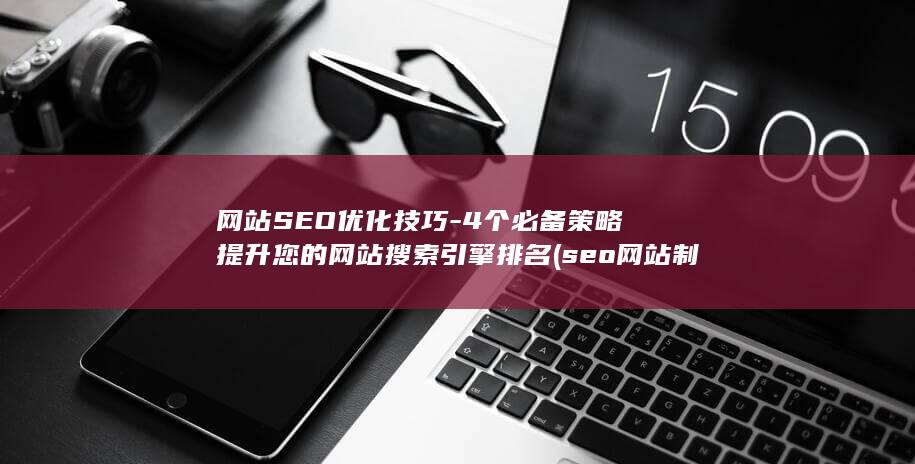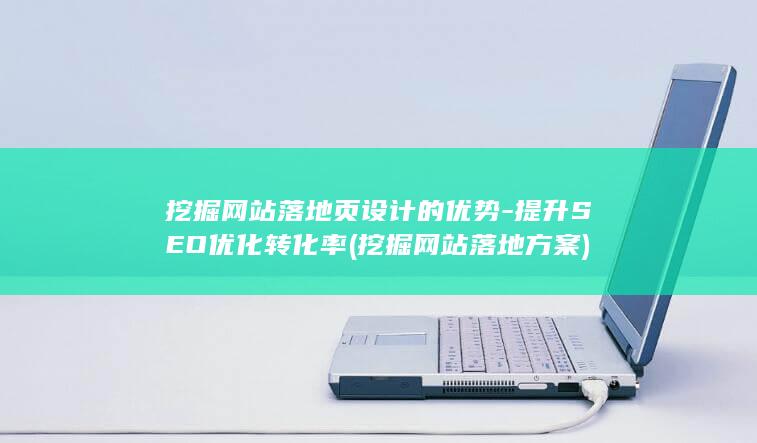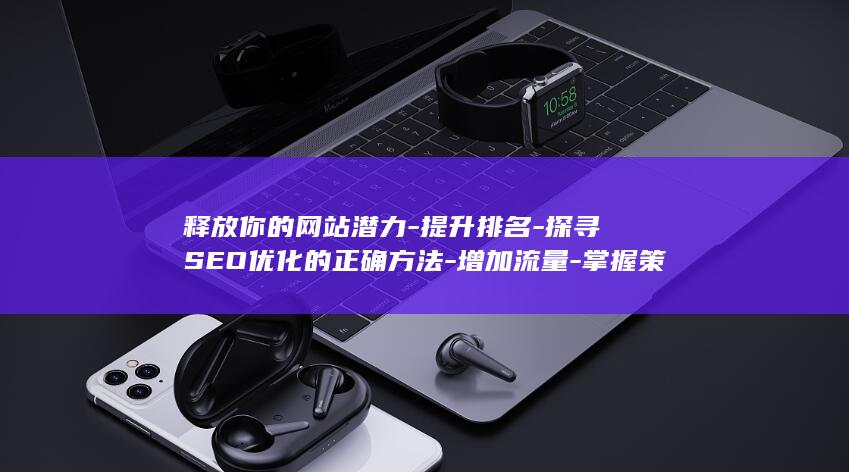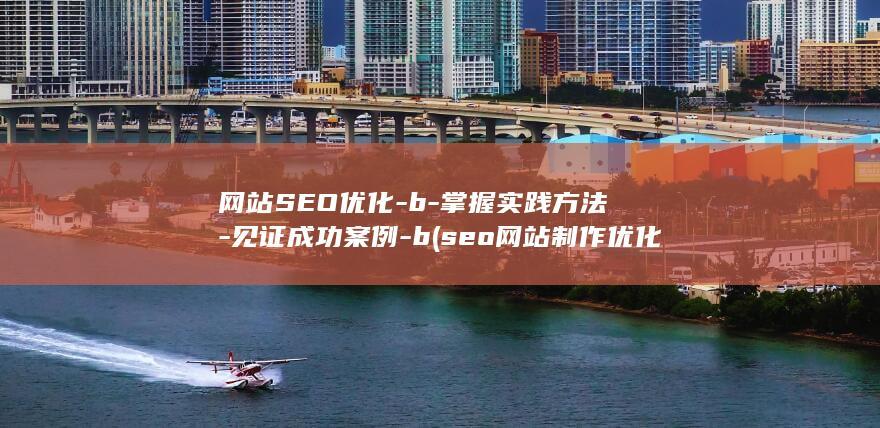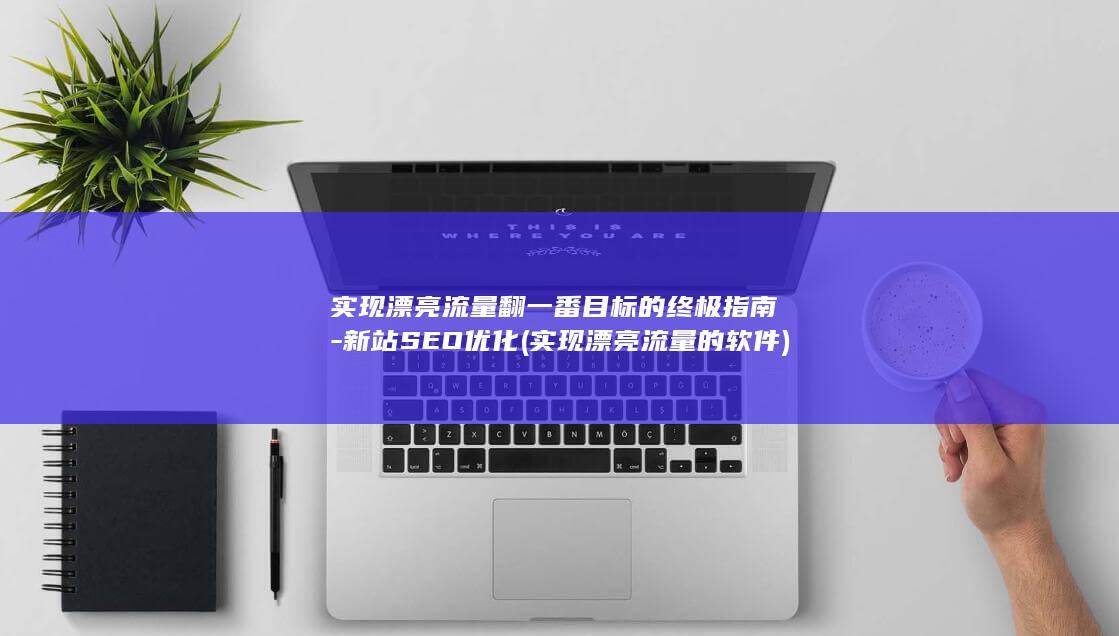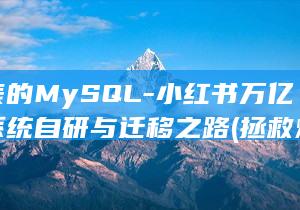SEO-优化-提升网站排名的关键步骤 (seo主要优化哪些)
Introduction
In the digital age, search engines have become a primary means for people to access information andproducts. Consequently, a website's ranking in search results is paramount to capturing traffic and increasing visibility. SEO (Search Engine Optimization) is the art and science of optimizing a website's structure and content to improve its ranking in search engine results pages (SERPs).
1. Keyword Research and Selection
Keywords are the terms users input into search engines, making them crucial for SEO optimization. Keyword research and selection is a vital first step in SEO. Using keyword research tools, identify high-volume, low-competition keywords that are relevant to your website's topic. Selecting keywords that align with your site's content and target audience will aid in improving its ranking.
2. Website Structure Optimization
Website structure is essential for search engines to crawl and understand your website's content. In website structure optimization, ensure a clear navigation structure, logical link layout, and sufficient internal linking between pages. Additionally, optimize your website's URL structure by using clean, descriptive URLs that help search engines and users comprehend the page's content.
3. Content Optimization
Content is the heart of your website and a key indicator of website quality for search engines. In content optimization, focus on the following aspects:
- High-Quality Content Creation: Write original, valuable content that meets users' needs and interests. Structure your content for clarity, readability, and relevant keyword density.
- Keyword Optimization: Judiciously incorporate chosen keywords into your title tags, paragraphs, image alt tags, and links to enhance your webpage's relevance in search results.
- Multimedia Element Optimization: Enrich your webpage content with images, videos, and audio to enhance the user experience and make your pages more engaging.

4. External Link Building
External links, also known as backlinks, are links from other websites to your website. Search engine algorithms perceive external links as endorsements and signals of trust, making them crucial for improving search engine rankings. In external link building, adopt the following strategies:
- Build High-Quality External Links: Seek high-quality, relevant websites to establish backlinks by partnering with them or providing valuable content to their audience.
- Leverage Social Media Platforms: Share your website content on social media to attract views and encourage user shares, increasing your website's external links.
- Monitor and Maintain External Links: Regularly review the quality and effectiveness of your external links. Remove poor-quality links and foster long-term, stable partnerships with other websites.
5. User Experience Optimization
Search engines are placing increasing emphasis on user experience, making its optimization critical for enhancing your website's SERP ranking. Here are some key steps you can take:
- Website Loading Speed Optimization: Ensure your website loads quickly to avoid losing users due to extended load times.
- Mobile-Friendliness Optimization: Optimize your website's display and experience on mobile devices to enhance user satisfaction for mobile visitors.
- User Navigation and Interaction Optimization: Design easy-to-navigate menus and user interfaces that allow users to locate the information they seek effortlessly.
6. Continuous Monitoring and Optimization
SEO optimization is an ongoing process, requiring continuous monitoring and refinement. Use SEO tools and analyze data to understand your website's performance in search engines, identify issues, and promptly make adjustments and optimizations. Regularly monitor your rankings, traffic, and user behavior to continuously improve your website's SEO performance.
7. Conclusion
SEO optimization is a crucial aspect of improving your website's search engine ranking. Byimplementing keyword research and selection, website structure optimization, content optimization, external link building, user experience optimization, and continuous monitoring and optimization, you can increase your website's visibility and reach a wider audience. Sustained optimization ensures lasting SEO effectiveness, driving targeted traffic to your website and enhancing user experience to achieve your business growth and branding goals.
如何提高网站排名seo
提高排名的关键的SEO优化策略:1、关键词研究与优化:确定目标关键词,分析关键词的竞争度、搜索量以及转化潜力。 将关键词自然地融入到网站标题、描述、H1/H2标签、URL、正文内容等关键位置。 2、高质量内容建设:提供原创、有价值、用户友好的内容,定期更新,保持内容的新鲜度和相关性。 内容中合理布局关键词,同时保持内容的自然流畅,避免关键词堆砌。 3、网站结构优化:网站结构清晰,易于导航,URL结构简洁,层级不宜过深。 优化网页加载速度,包括优化图片大小、启用CDN加速、减少HTTP请求等。 确保网站对移动设备友好,响应式设计有利于提高用户体验和搜索引擎排名。 4、内外链建设:内部链接合理布局,形成网站内部的良好链接结构,利于权重传递。 外部链接建设,争取从权威、相关性强的网站获取高质量的反向链接。
seo优化步骤是怎样的?
基本步骤大概分为以下几点:
一、站内优化
1、建设网站地图
有很多网站是没有网站地图的,这是非常容易让人忽略的,随着网站规模越来越大,网站的结构越来越繁杂,这时候搜索引擎会通过网站地图访问你的网站查找更新,因而网站地图是非常有必要的。很多网站都运用flash特效,为了让网站更美观,这个是一个错误做法,网站导航很重要,seoer们更好能用DIV+CSS完成,让人看上去清晰明了。
2、懂得怎么运用nofollow标签
在HTML标签里nofollow是一个属性值,其作用是告诉搜索引擎不要追踪此网页上的链接。就是,假定A网页上有一个链接指向B网页,假定A网页对这个链接加上了。
rel=nofollow标明,那么搜索引擎就不会把A网页计算入B网页的反链。搜索引擎看到这个标签会撤消链接的投票权重。
大部分企业网站导航是“网站主页、公司介绍、新闻中心、产品展示、人才招聘、联络我们、在线留言”一般来说人才招聘、联络我们、在线留言这些页面我们不需要给他们排名以及权重,所以需要在HTML中加上nofollow标签了。
3、企业文章做好原创、禁止采集
采集是网络的禁忌,原创又一直是seoer头疼的问题,由于你要优化的网站针对的行业是你不熟悉的,就算你有很深的写作水平,职业不了解,也是很难写出高质量的文章。原创的办法都已经被我们所熟知了,可是真的要做到,的确很难!不论是分享经验心得,还是总结别人感触,都是很好的原创的方法,问题就在于做与不做了。对于一般的企业来讲,写出10篇-20篇企业的原创文章应该不是什么难度太大的问题,即使你做的是行业网站,那么也请你必定要把原创内容尽量增加到大部分比例。所以企业网站在保护中必定要多发布关于本企业、本行业产品、动态的原创文章。
4、主页的展示
主页需求放产品图片的,要记住增加ALT标签,包括关键词;主页适当的增加关键词密度:比如你优化的是“搜索引擎优化”关键词,那么你可以把导航上的“网站主页”改为“搜索引擎优化主页”这样的方式来增加关键词密度;
5、优化网站链接
检查网站是否存在死链,设置好404页面;在网站增加sitemap地图;合理使用robots文件屏蔽不需要抓取的目录。
第二、站外优化
对企业站来说,更新的内容少,所有企业网站都是依靠外链来提高网站关键词排名,所以外链十分重要,需要把网站做到外链相关性和广泛性,网站链接必不可少这个链接既包含内链也包含外链。内链就是网站内部通过一些关键词,导航等互相链接,一般情况下会在文章中设置一些标签,然后通过标签能够点击进入一些相关的文章中或许主页。外链主要经过交换友情链接,投入一些带有自己链接的软文等来完成。不论怎么样做链接,一个原则就是链接的文字必定要是你的网站关键词中的一个,这样才能有助于网站关键词排名的提高。如果手上外链资源少,能够利用站长工具外链分析来分析竞争对手的外链资源,挑选一些权重高的网站添加外链。挑选关键词挑选合适的关键词是网站SEO,SEM的根底,必须投入足够多的精力研究网站更适宜的关键词。首先要挑选一切与企业相关的关键词,然后通过网络指数或google关键词分析东西对关键词的热度进行查询分析,然后得出排名更靠前的关键词,然后归纳企业本身情况,确定企业需求着重优化的关键词。合理的关键词布局每个页面都需求有单独的title和meta,对这些内容要进行合理的优化和完善。
免责声明:本文转载或采集自网络,版权归原作者所有。本网站刊发此文旨在传递更多信息,并不代表本网赞同其观点和对其真实性负责。如涉及版权、内容等问题,请联系本网,我们将在第一时间删除。同时,本网站不对所刊发内容的准确性、真实性、完整性、及时性、原创性等进行保证,请读者仅作参考,并请自行核实相关内容。对于因使用或依赖本文内容所产生的任何直接或间接损失,本网站不承担任何责任。
